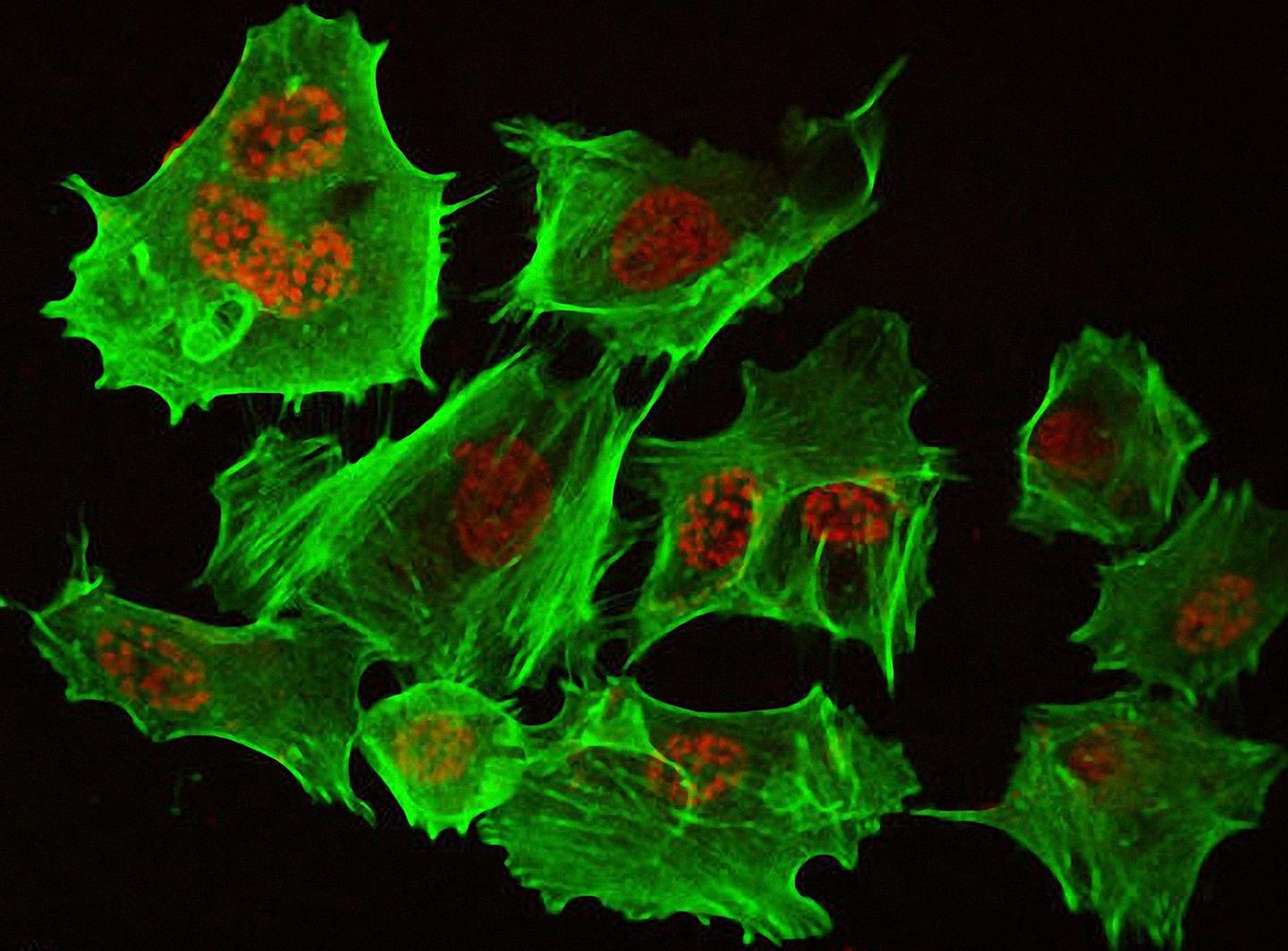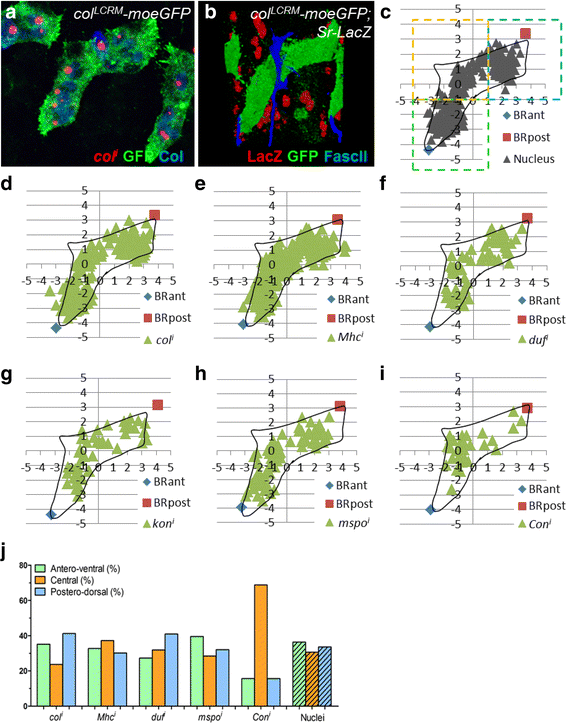


Let's first look at the images using an intensity line profile and discuss what we see. The idea is that the scientist added a drug and wanted to find out if this drug enhances or diminishes the binding of the DNA repair enzyme to the damage sites. Some images say "Treated" in their title. In some of the images a well controlled laser cut was induced and thus the DNA repair enzyme binds the damage site. These images are made up, such that we know what the result should be! We will pretent that these are widefield microscopy images of one nucleus where a GFP-tagged DNA damage repair enzyme is diffusing around. Open all images in this folder "./dna-damage-synthetic-data/".In this activity we will practice some of the most common issues. Again, wrong decisions here can yield wrong biological conclusions.
Intden imagej how to#
It is very important to think about what kind of background it is and how to deal with it. In biology, almost always there is some "background" intensity. Thus, they should be done with utmost care! Activity: Intensity measurements with local background subtraction Intensity measurements are a quite tricky business, not because they are technically difficult, but because one can make many mistakes in the interpretation of the numbers. Intensity measurements and their interpretation: Now with local background Two compare the intensities of the two nuclei, typically computing the ratio of the sum intensities is a good readout.Īs mentioned above, given the staining is quantitative, this could be used to infer on the cell cycle state. In words, we subtract for each pixel in the ROI the mean value of the background. Sum_BgCorr = RawIntDen - Area * Mean_Background Now we need to do the proper background subtraction for the two nuclei ROIs, using below formula: This measures the sum intensity in fact it will output two values the "good" one is RawIntDen, which really simply adds up the gray values in the measurement ROI.This will show the name of the ROI and image next to the measurements.Now choosing a background region (strongly increase the image brightness to find a clean background region).Choosing another nucleus (maybe one that clearly appears dimmer or brighter than the first one).Add region to ROI manager [Analyze > Tools > ROI Manager > Add).We will do sum intensity measurements with background subtraction, thus one should draw this region rather generously not to miss any intensities!.Assuming that the staining is quantitative this could give us information on the cell cycle state (because the DNA content doubles during the cell cycle). Let's measure the sum intensity of two nuclei in a widefield microscopy image. the image above are taken with a confocal microscope, pinhole at 1 airy unit.in each image we draw a region of interest closely around the DNA.the image above are taken with a widefield microscope.confocal measuring DNA content during the cell cycle The biophysical meaning of intensities in fluorescence microscopy images Widefield vs. Alternative wordings for mean intensity:.I never understood what this is good for. Alternative wordings for sum intensity:.In some cases choosing mean instead of sum intensity can give you the opposite biological result! Definitions In biology it is crucial to choose the right intensity measurement. Image intensity measurements Mean intensity vs.


 0 kommentar(er)
0 kommentar(er)
